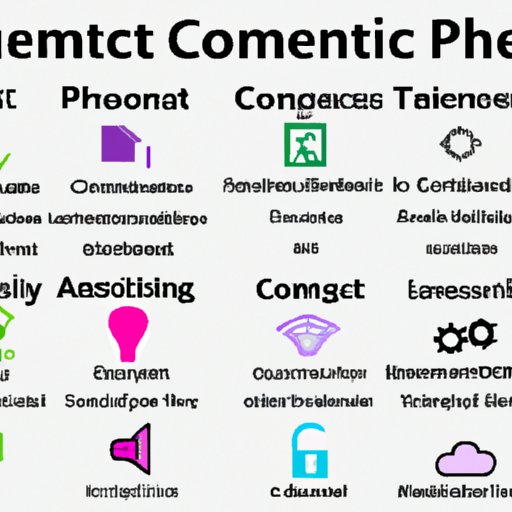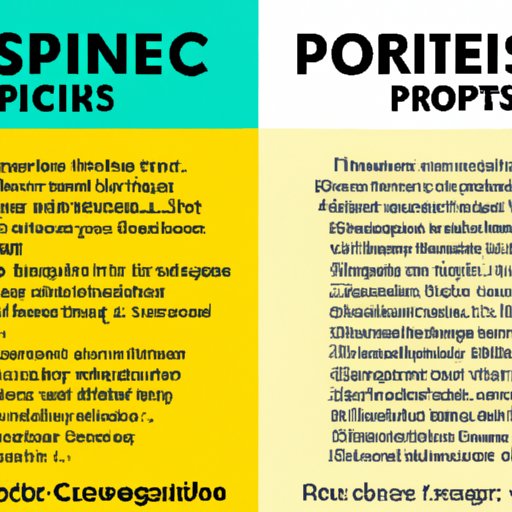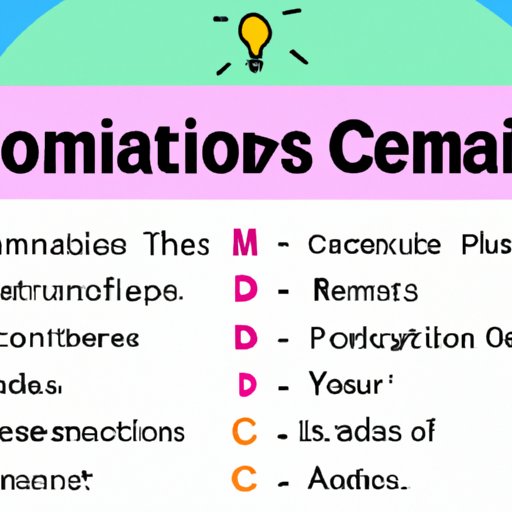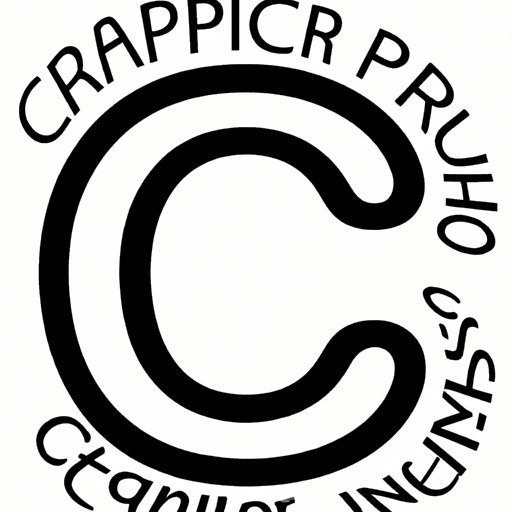Introduction
The Creative Commons (CC) license is a type of document that allows creators to share and distribute their original works with others while still preserving their copyright. It was created to make it easier for people to legally share and remix content online. The CC license is used by millions of people around the world, from small bloggers to large media companies.
Explaining the Creative Commons License: What You Need to Know
The Creative Commons license is a legal agreement between the creator and the user of a work. It outlines the terms and conditions under which the work can be used. It grants certain rights to users, such as the right to copy, share, modify, and distribute the work. It also specifies any restrictions on how the work can be used, such as giving credit to the author or not using the work for commercial purposes.
There are several types of Creative Commons licenses available, each with different levels of permission. The most common type is the Attribution (CC BY) license, which allows users to copy, share, and modify the work as long as they give credit to the author. Other types include the NonCommercial (CC NC) license, which prohibits using the work for commercial purposes, and the NoDerivatives (CC ND) license, which prohibits modifying or adapting the work.
In addition to these licenses, Creative Commons also offers a Public Domain Dedication (CC0). This allows creators to surrender all rights to their work, making it free for anyone to use without giving credit or obtaining permission. The CC0 license is often used by scientists, researchers, and open source software developers who want to make their work freely available to everyone.
A Beginner’s Guide to the Creative Commons License
Applying for a Creative Commons license is easy. All you need to do is visit the Creative Commons website and choose the license that best suits your needs. Once you’ve chosen a license, you’ll need to provide some basic information about yourself and your work. After that, you’ll be able to generate a license that you can attach to your work, either as a separate file or as part of the work itself.
It’s important to understand the difference between copyright and fair use. Copyright law protects creative works from being used without permission. Fair use allows limited use of copyrighted material without permission for purposes such as criticism, news reporting, teaching, and research. Creative Commons licenses are designed to facilitate sharing and remixing within the boundaries of copyright law.
What is the Creative Commons License and How Does it Help Authors?
The Creative Commons license has many benefits for authors. It allows creators to specify exactly how their work can be used, while still allowing others to access and use it. It also provides a clear way for users to recognize and respect the rights of the author.
The Creative Commons license also helps authors protect their work from plagiarism and other forms of misuse. By attaching a Creative Commons license to their work, authors can ensure that their work is properly attributed and that no one can use it without their consent.
However, there are also some drawbacks to using a Creative Commons license. For example, some users may be reluctant to use works that have a Creative Commons license attached. Additionally, some users may not understand the terms of the license and may end up misusing the work.

An Overview of the Creative Commons License and its Benefits
The Creative Commons license allows creators to share their work with the world while still protecting their rights. It allows them to specify how their work can be used, including whether it can be modified or used for commercial purposes. By attaching a Creative Commons license to their work, authors can ensure that their work is properly attributed and that no one can use it without their consent.
The Creative Commons license also allows creators to make their work more widely available. By granting certain rights to users, creators can ensure that their work can be shared and remixed without violating copyright law. This makes it easier for others to find and use their work, increasing its reach and impact.

Breaking Down the Creative Commons License: Pros and Cons
The Creative Commons license has many advantages for creators. It allows them to specify exactly how their work can be used, while still allowing others to access and use it. It also provides a clear way for users to recognize and respect the rights of the author. Additionally, it makes it easier for creators to make their work more widely available, increasing its reach and impact.
However, there are also some drawbacks to using a Creative Commons license. Some users may be reluctant to use works that have a Creative Commons license attached, and some users may not understand the terms of the license and may end up misusing the work. Additionally, the license does not cover all forms of copyright infringement. If a user violates copyright law, the author may still need to take legal action to protect their rights.

Understanding Creative Commons: A Comprehensive Guide
Creative Commons is an incredibly powerful tool for creators, but it can be confusing for those who are new to it. There are a few common misconceptions about the Creative Commons license, such as the belief that it covers all forms of copyright infringement. In reality, the license only covers certain types of uses, and authors may still need to take legal action to protect their rights.
Fortunately, there are plenty of resources available to help creators better understand the Creative Commons license. These include official guides from Creative Commons, online tutorials, and FAQs. Additionally, there are numerous books and websites dedicated to explaining the ins and outs of copyright law and Creative Commons.
Conclusion
The Creative Commons license is a powerful tool for creators who want to share and distribute their work while still protecting their rights. It allows them to specify how their work can be used, including whether it can be modified or used for commercial purposes. It also makes it easier for others to find and use their work, increasing its reach and impact. By understanding the Creative Commons license and its benefits, creators can ensure that their work is properly attributed and that no one can use it without their consent.
(Note: Is this article not meeting your expectations? Do you have knowledge or insights to share? Unlock new opportunities and expand your reach by joining our authors team. Click Registration to join us and share your expertise with our readers.)
